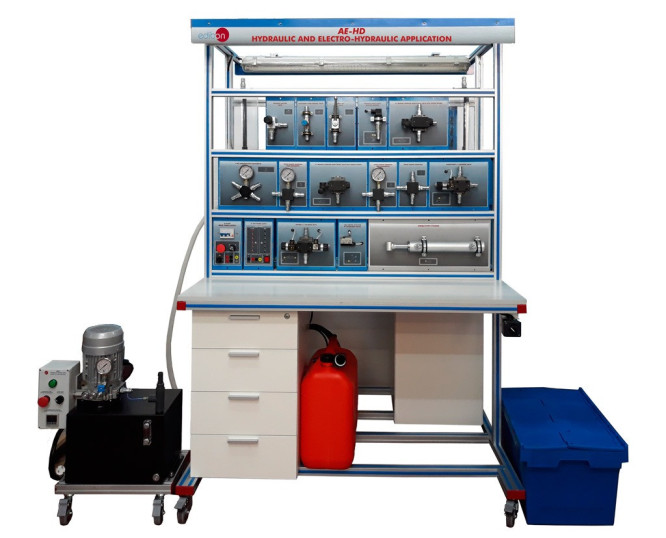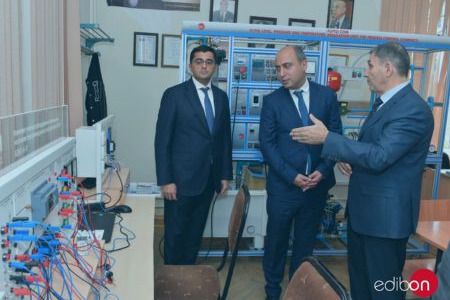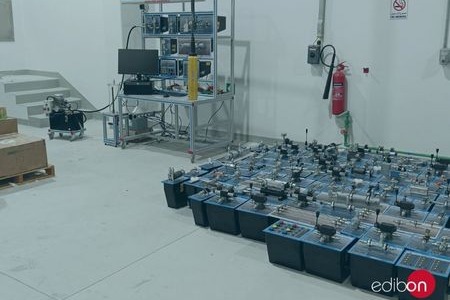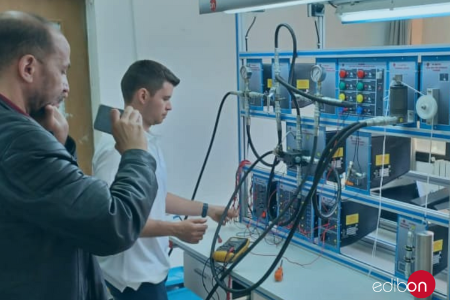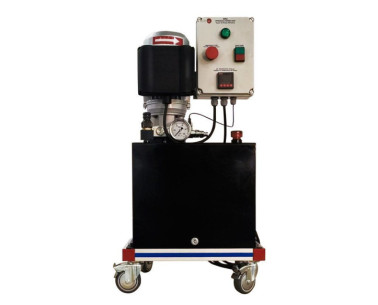The Hydraulic and Electro-Hydraulic Application, "AE-HD", is a modular unit consisting of a great variety of optional kits and elements to configure the desired Hydraulic and Electro-Hydraulic circuit.
The optional hydraulic kits available with the unit, offers the necessary elements to perform a complete study of management and utilization of the actual hydraulic circuits, with some examples of uses of this type of circuits.
In the following lines there is a brief description of the objective to all hydraulic optional kits:
- HK-K0, Kit to study the hydraulics fundamentals: contain the components to understand the fundamentals concepts of the hydraulic circuits.
- HK-K1, Hydraulics kit: contain the components to understand the fundamentals and advanced concepts of the hydraulic circuits.
- HK-K1UP, Upgrade kit for the HK-K1 to understand the principles of Electro-Hydraulic: contain the additional modules to work with the HK-K1 kit to understand the fundamentals concepts of the electro-hydraulic circuits.
- HK-K2, Electro-Hydraulics kit: contain the components to understand the fundamentals and advanced concepts of the electro-hydraulic circuits.
- HK-K3, Hydraulic Actuators kit: is designed to teach the concepts behind the most common hydraulic actuators as hydraulic motors, hydraulic cylinders, etc.
- HK-K4, Measurement and Proportional Control in Hydraulics kit: is a computer controlled kit, configured to perform the analog signal and the proportional control over the hydraulic actuators to implement a PID control from the computer.
- HK-K5, Hydrostatic Steering System kit: is designed to teach the most common components of the steering system, and how it work the steering systems of the automobile industry of today.
- HK-K6, Hydraulic and Electro-Hydraulic troubleshooting kit: is a kit of defective hydraulic components designed to teach the students the most common problem in hydraulic components, how to find them and detect the problems.
The EDIBON PLC unit is design to work with the HK-K1 and the HK-K2 kits, and in conjunction offers the components to perform a complete understanding of hydraulic and electro-hydraulic technology with a PLC control of the hydraulic components, adding more practical possibilities to the unit.
There is available the optional elements of Hydraulic Power Unit, "HPU", that include all necessary components to supply pressurized working oil to the unit, the Workbenches to work at one or two sides, etc.
 Preferências de cookies
Preferências de cookies

